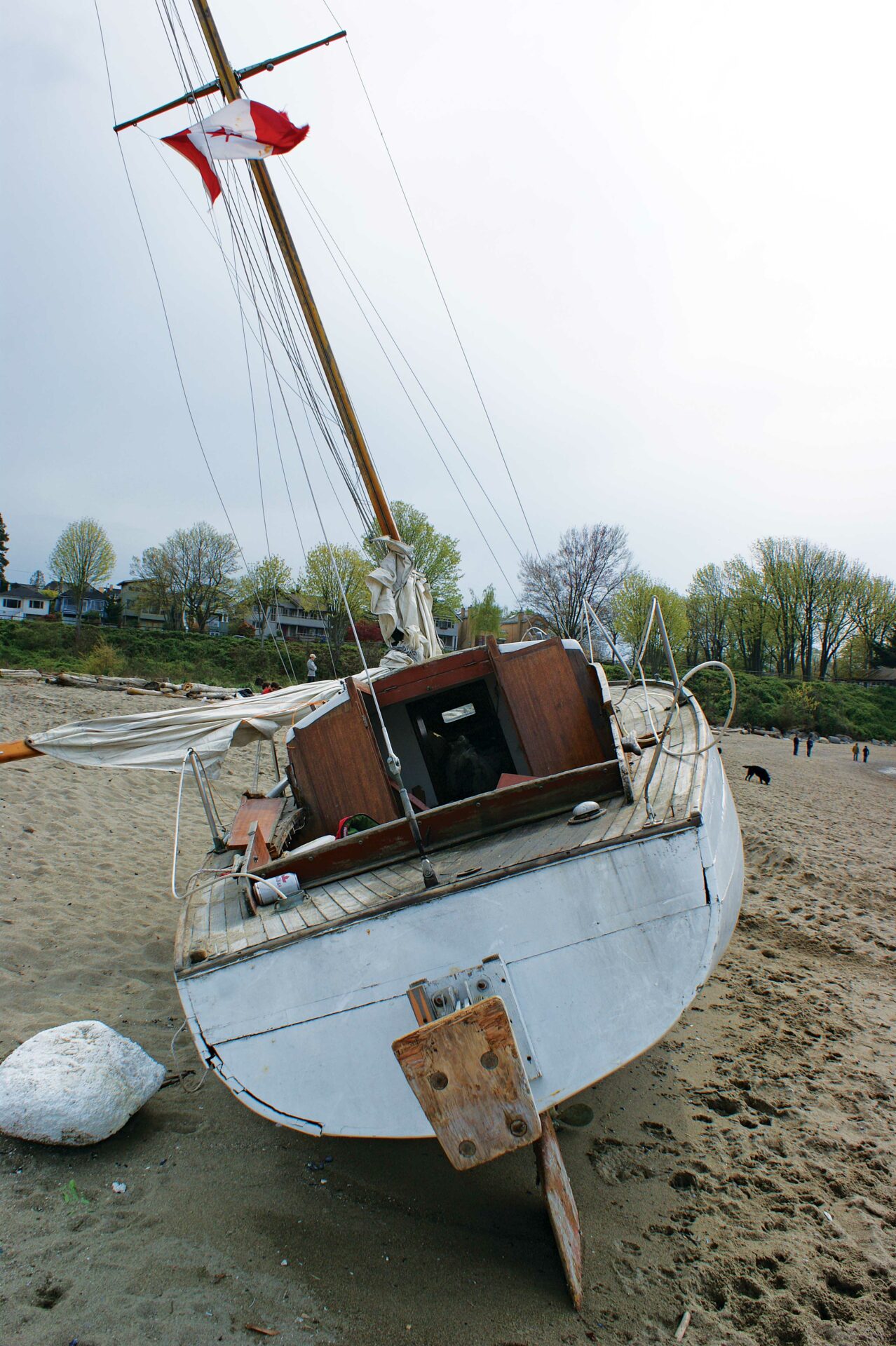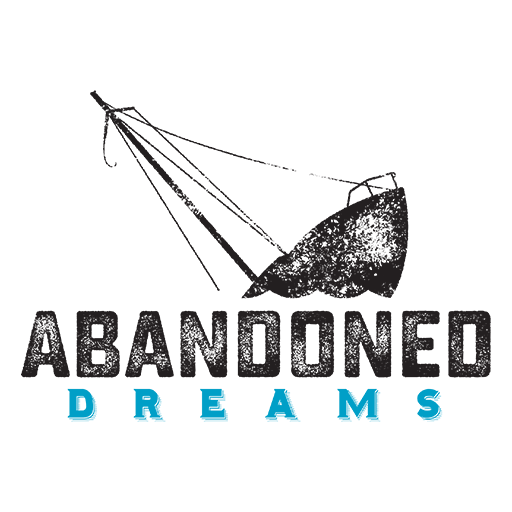
Passing the buck on derelict vessels in B.C.
While Washington State has moved quickly and directly to address the problem of derelict boats in its waterways (April and June issues of Pacific Yachting), B.C. is lagging behind, and the number of abandoned vessels in our waters continues to rise.
Currently, the Transport Canada, Navigable Waters Protection Division is authorized to intervene only when a derelict vessel becomes a threat to safe navigation or if a vessel is deemed to be a threat to the environment, otherwise it isn’t their problem.
Of course with the majority of derelict boats being located close to shore, usually in sheltered bays, they don’t always pose a threat to navigation unless they come loose from their moorings.
So who’s problem is it?

Abandoned boats are at risk of coming loose from their moorings and washing up on shore. Photo by Tyrone Stelzenmuller.
Consulting with various parties, Transport Canada completed a survey to assess the scope of the problem and found about 400 abandoned or derelict vessels on the B.C. coast.
400 boats is no small number, yet no one is willing to take responsibility for these floating hazards and it isn’t hard to see why. No fewer than seven agencies from the municipal, provincial and federal level are involved, including Transport Canada, Environment Canada, the B.C. Ministry of Environment, the Harbour Authority Association of B.C. and the Navigable Waters Protection Division—among others.
According to Adam Olsen, a former Saanich councillor and Green Party candidate for Saanich North and the Islands, who has worked with various levels of government as well as the Islands Trust on this issue, the problem is red tape and finger pointing.
“This is a classic example of taking responsibility for the problem. The provincial and federal government need to stop passing the cost down to local government,” says Olsen.
With the provincial and federal governments looking away, it is left to municipal governments and private organizations to deal with abandoned boats. Unfortunately, these boats are often laden with different types of fuels, lubricants, cleaners and other hazardous materials making cleanup extremely costly.
According to Olsen, the current format isn’t right.
“There are ways that we can fund this. I’d like to see the community of people who are enjoying the benefits of the boating experience either take responsibility for their vessels when they’re done with them or help fund a system for the government to do it because right now property tax payers who are living inland in small communities are picking up the cost.”
Islands Trust, who have taken a leadership role on this issue, has suggested a few possibilities to help pay for a removal program including, “funding mechanisms such as a fee on vessel registration or a surcharge on marine fuel.”
A nominal fee on either vessel registration or on marine fuel is, of course, not the most popular option among boaters, but it is a route that Washington State has taken with some success, instituting a $1 surcharge on recreational vessel registration. Washington has also taken steps to keep boats from becoming derelict in the first place by identifying likely offenders. Preventative measures will be important moving forward, but they don’t address the issue of the 400 floating hulks out there right now.
According to Islands Trust, “vessel owners are able to dispose of derelicts at a private operation in Richmond and at landfill sites subject to the terms and conditions imposed by local governments.” But more often than not the owners of these vessels are nowhere to be found.
“This is one of the challenges of the whole thing,” says Olson. “Often times the boat isn’t registered or it has changed hands without being updated so you can’t find the owner.”
It’s clear that cooperation needs to exist between all levels of government if action is going to be taken on this front. But it might take more than just cooperation to deal with the problem—it might take the type of creativity being used by Melissa Ferris, the head of the vessel removal program in Washington.
“She’s done everything from prioritizing boats so when she has money she can deal with them, to getting the American Navy to blow them up. They use the boats for target practice and then the Navy uses their budget to clean it up. I can only say that I wish that our bureaucracy had someone like her,” Olsen says.
